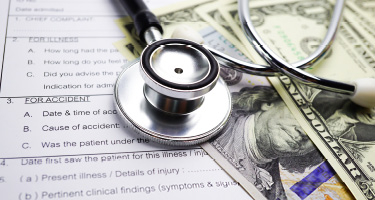With two top 10 verdicts in New Jersey and one in New York, I pause to reflect on 40 years of trial practice and what really matters.
It certainly doesn’t seem like four decades since my first opening argument. “Ladies and gentlemen of the jury, Barbara M.’s life was changed in an instant by a careless waitress carrying a carafe of boiling water, which she spilled on Barbara’s chest and shoulder.” After enduring months of hospitalization and years of therapy, Barbara sat in the courtroom, visibly uncomfortable in her compression garment, deliberately ignoring stares from the 10 strangers seated to her left.
Twenty-five years before the McDonald’s case, a claim for serving coffee that was too hot was unheard of. How could one even prove its temperature? Winning that case required the testimony of a burn surgeon, who based his opinion on the depth of the burn after a moment’s exposure to scalding water. The insurance company’s lawyer vehemently objected to our expert’s conclusion claiming it was not scientifically sound. The judge held a special hearing outside the jury’s presence to rule on the admissibility of this critical testimony. Fortunately, the medical journal articles I found were sufficient to support his analysis. The judge ruled in our favor as did the jury.
Much has changed in how cases are worked up and presented to juries. Over the years, my firm, now 26 lawyers strong, has made several contributions to the art of advocacy. In the early 2000s, we were the first firm to use the Internet to bring a respirator-dependent quadriplegic’s testimony to trial. However, the most important things have not changed: rigorous preparation still wins cases. Getting to really know your clients and their families is key to understanding the true impact of an injury. And, of course, a hunger for justice is essential for winning these uphill legal battles.
My passion to help the injured also extends to the pro bono activities I have spearheaded over the last 10 years. They include founding the first specialized camps for burn survivors in Israel, India, and Brazil, and in 2018, launching the first pediatric laser center to improve the cosmetic appearance and restrictions caused by burn scars. As I continue my mission to alleviate suffering in burn survivors, I regret that Barbara M. was burned at a time when neither the psycho-social supports provided by our camps were available to lift her spirits nor the medical laser technology to heal her scars.

































